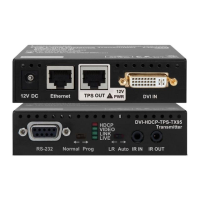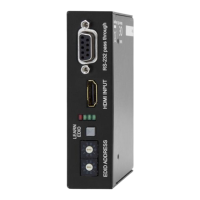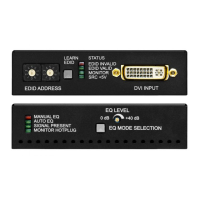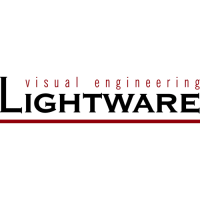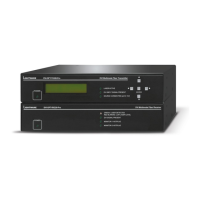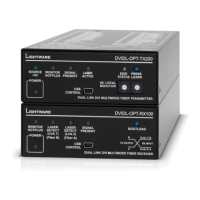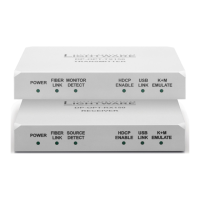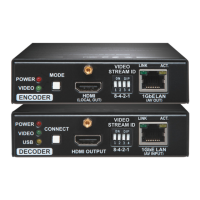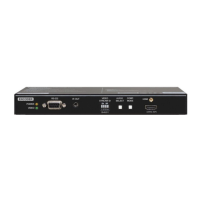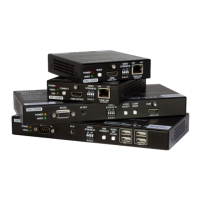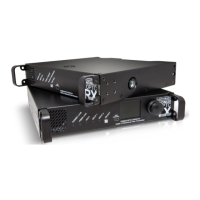Macros
DIFFERENCE:
#macro
Important Notes about Macros
▪ The macros are stored in device presets.
▪ The commands of a macro are executed sequentially (even if error happens at a command).
▪
▪ Macros cannot be edited in the device.
▪ section.
Macro File Structure
<preset_name>
<macro_name>
<LW3_commands>
ATTENTION!
Uploading New Macros into a New Preset
Step 1. Create the le
Step 2. Settings/Backup submenu.
Step 3. preset
Step 4. Upload Open.
ATTENTION! The preset and the macros of the selected slot will be erased. If there is a macro with the
same name already in the device, it will be removed and the new one will be available.
;myDeviceMacros
;Begin myMacro1
CALL /MEDIA/VIDEO/XP:unmuteSource(I3)
CALL /MEDIA/VIDEO/XP:switch(I3:O1;I3:O2)
;End myMacro1
;Begin myMacro2
CALL /MEDIA/VIDEO/XP:unmuteSource(I4)
CALL /MEDIA/VIDEO/XP:switch(I4:O1;I4:O2)
;End myMacro2
;<preset_name>
;Begin <macro1_name>
<LW3_commands>
;End <macro1_name>
;Begin <macro2_name>
<LW3_commands>
;End <macro2_name>
Format: Example:
Discovered Macros in the device shown under Control/Macros submenu
Adding Macros to an Existing Preset
Step 1. Settings/Backup submenu.
Step 2. preset
Step 3. Download button and click Save
Step 4. Open the le with a simple text editor and add the desired macros to the bottom of the commands
between the ;Begin <macro_name> and ;End <macro_name> labels.
Step 5. Settings/Backup submenu.
Step 6. preset as selected in Step 2.
Step 7. Upload Open.
with the same name already in the device, it will be removed and the new will be available.
Saving the Macros
Step 1. Settings/Backup submenu.
Step 2. preset
Step 3. Download button and click Save
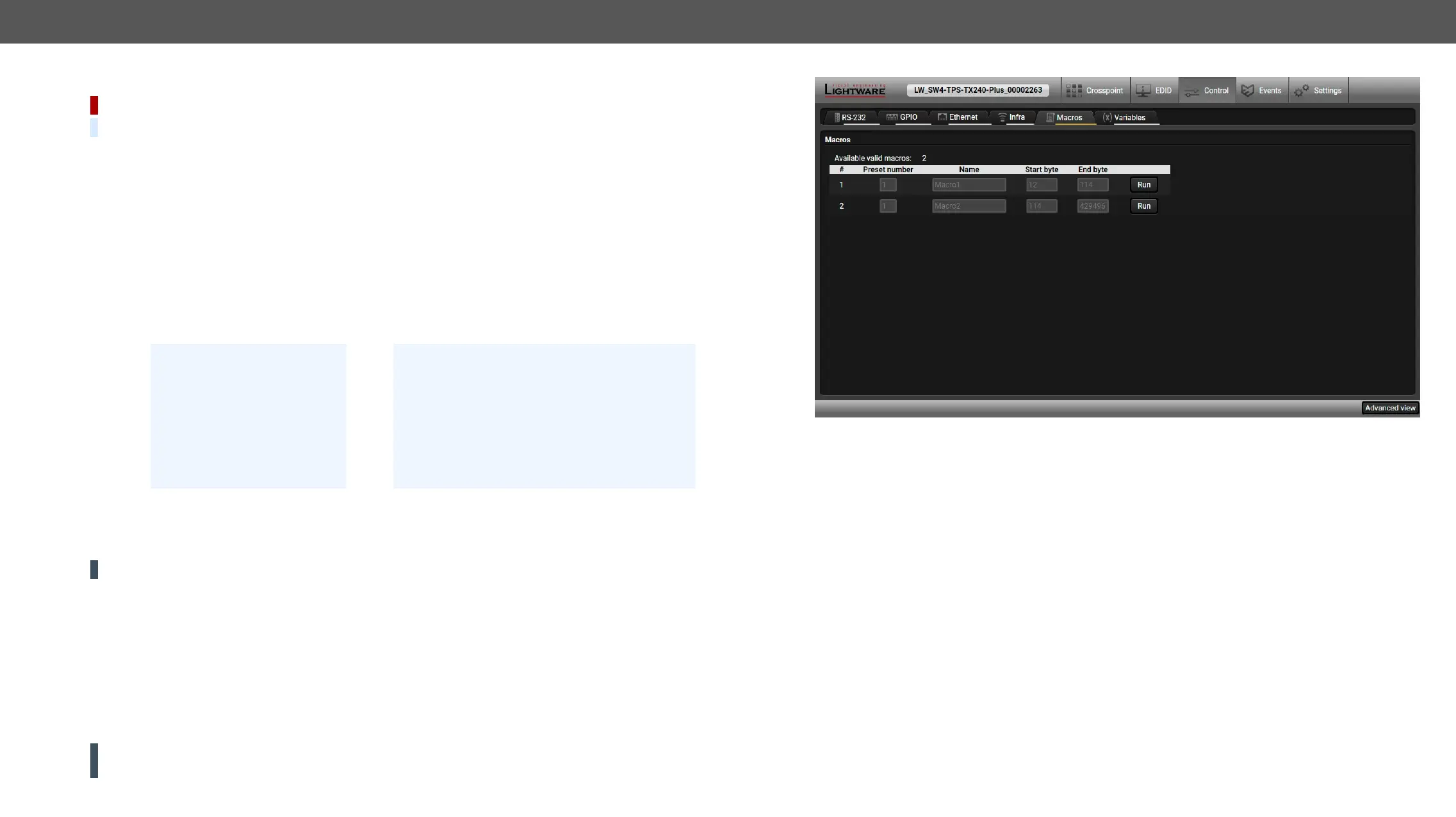